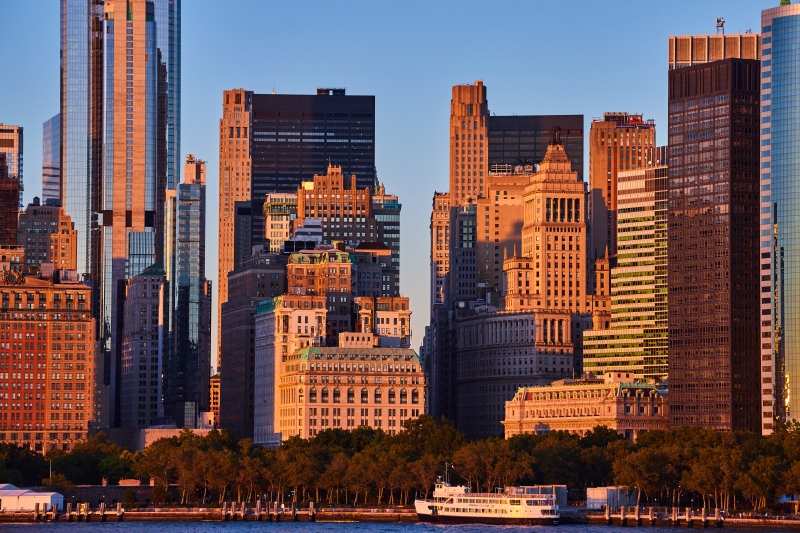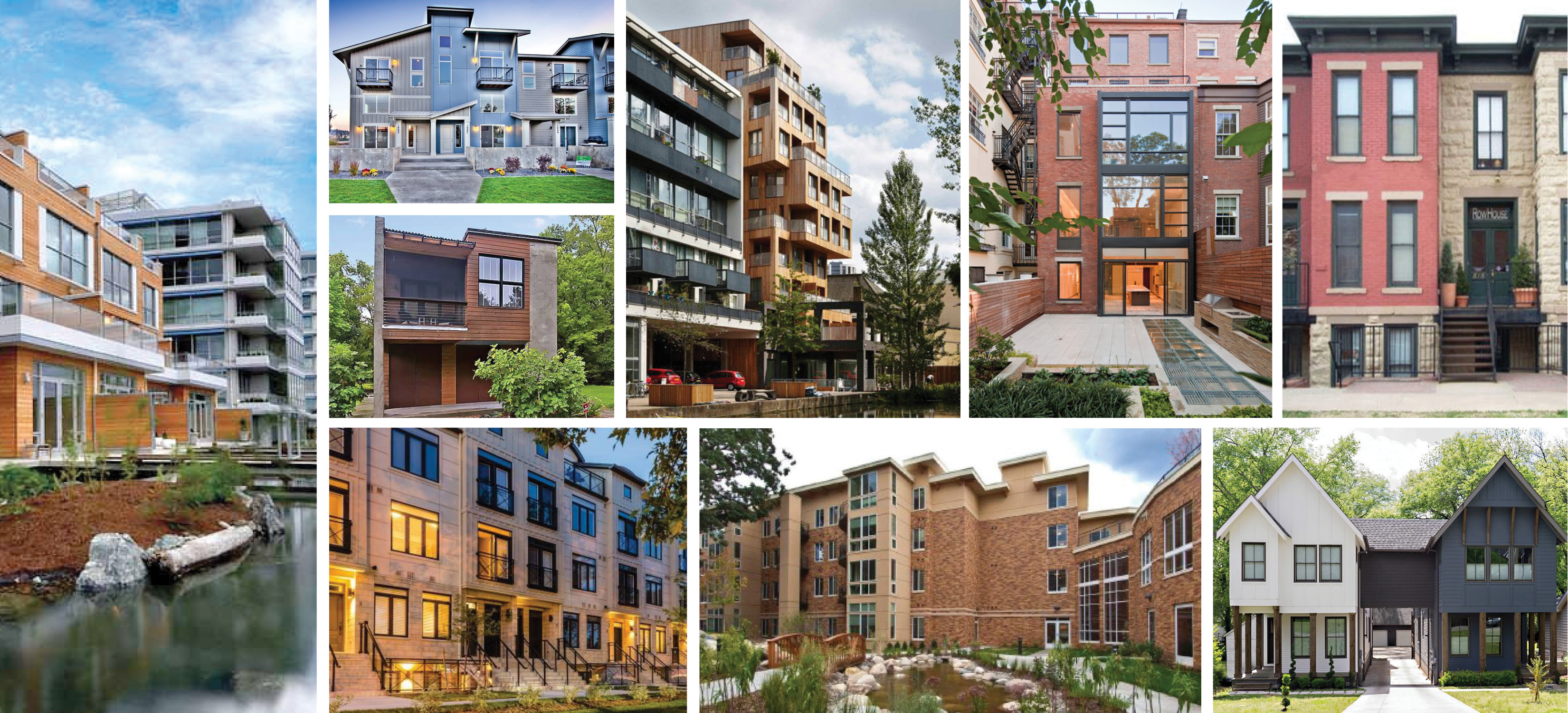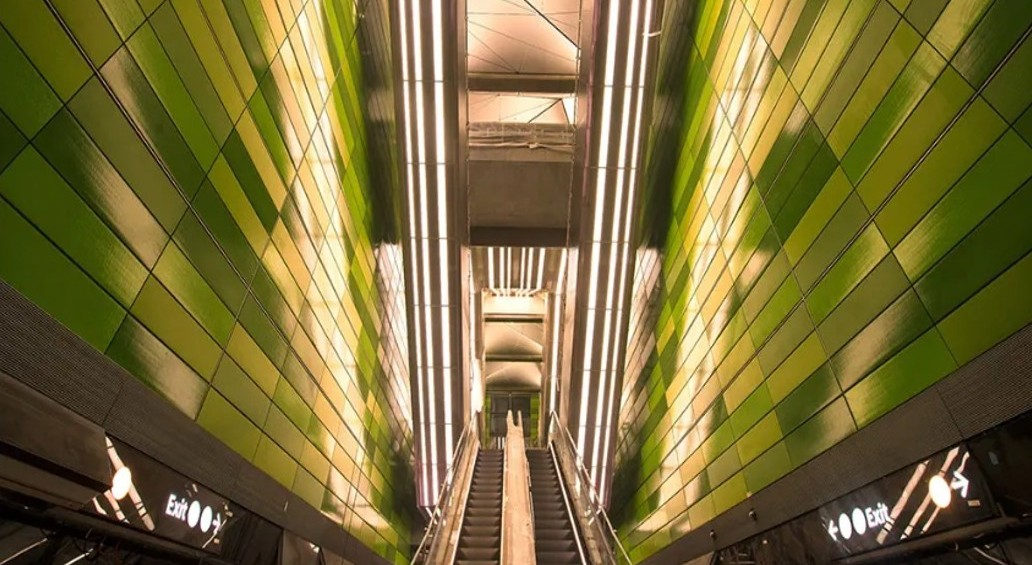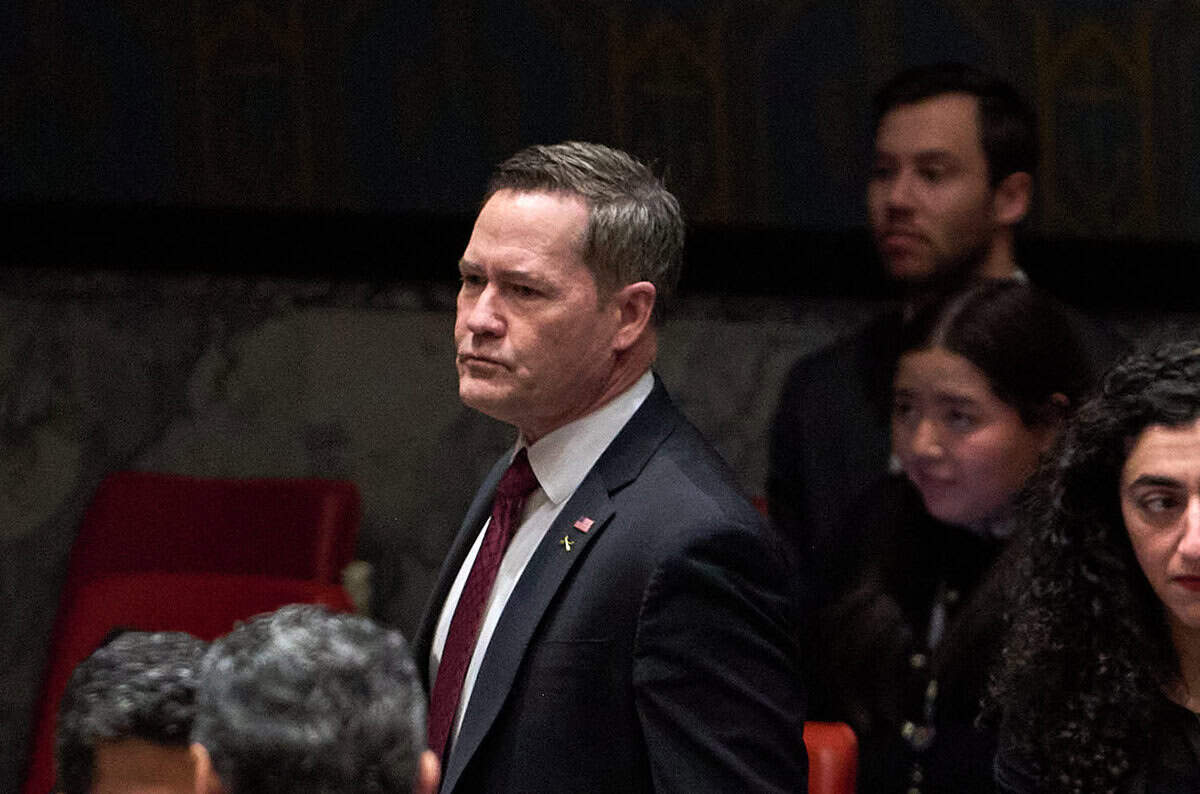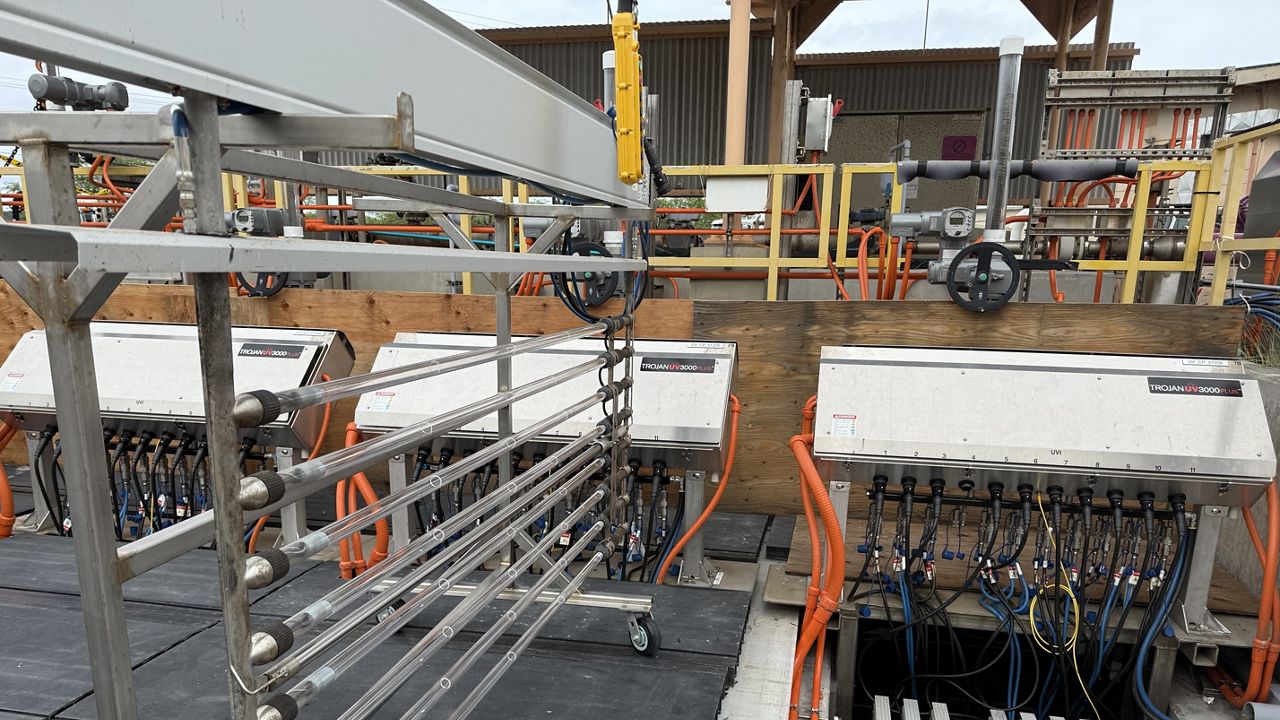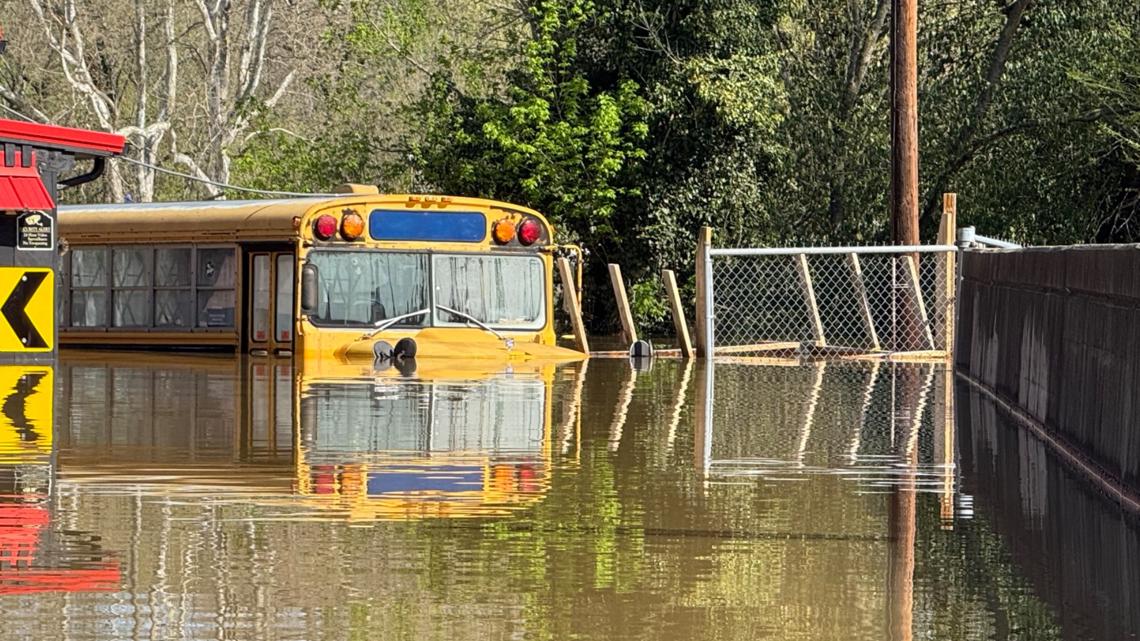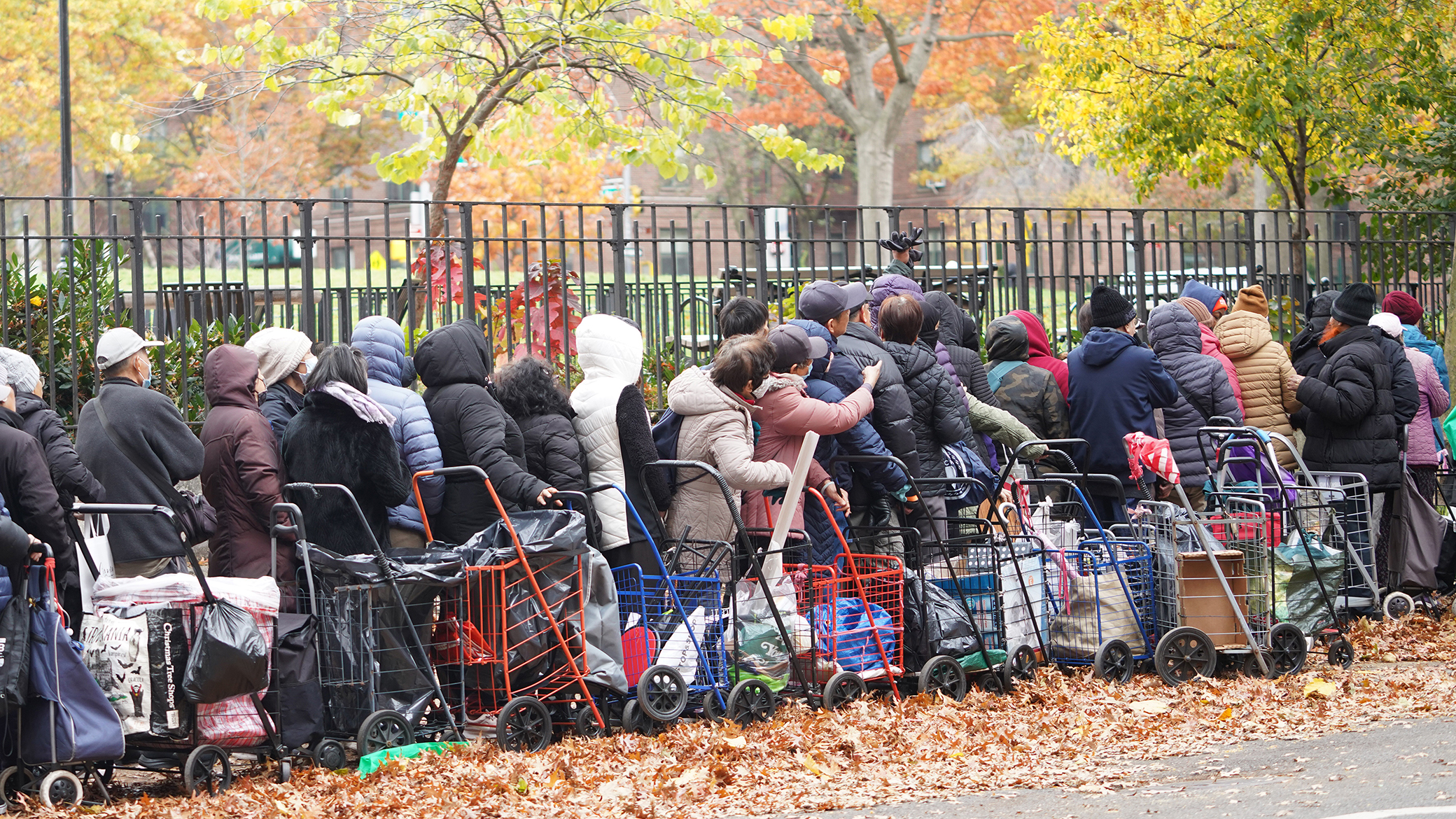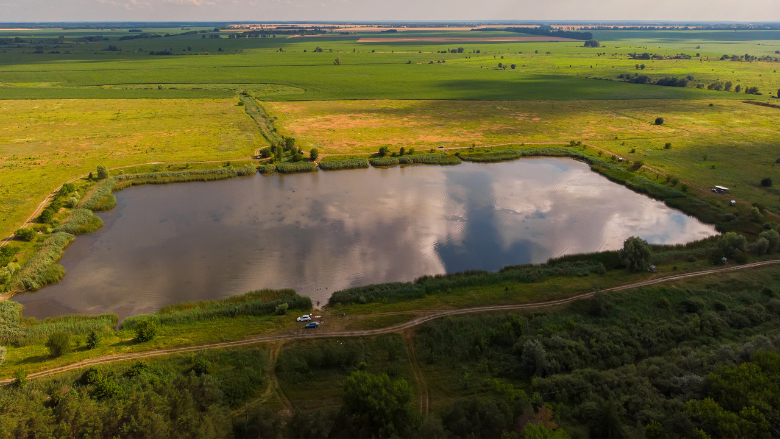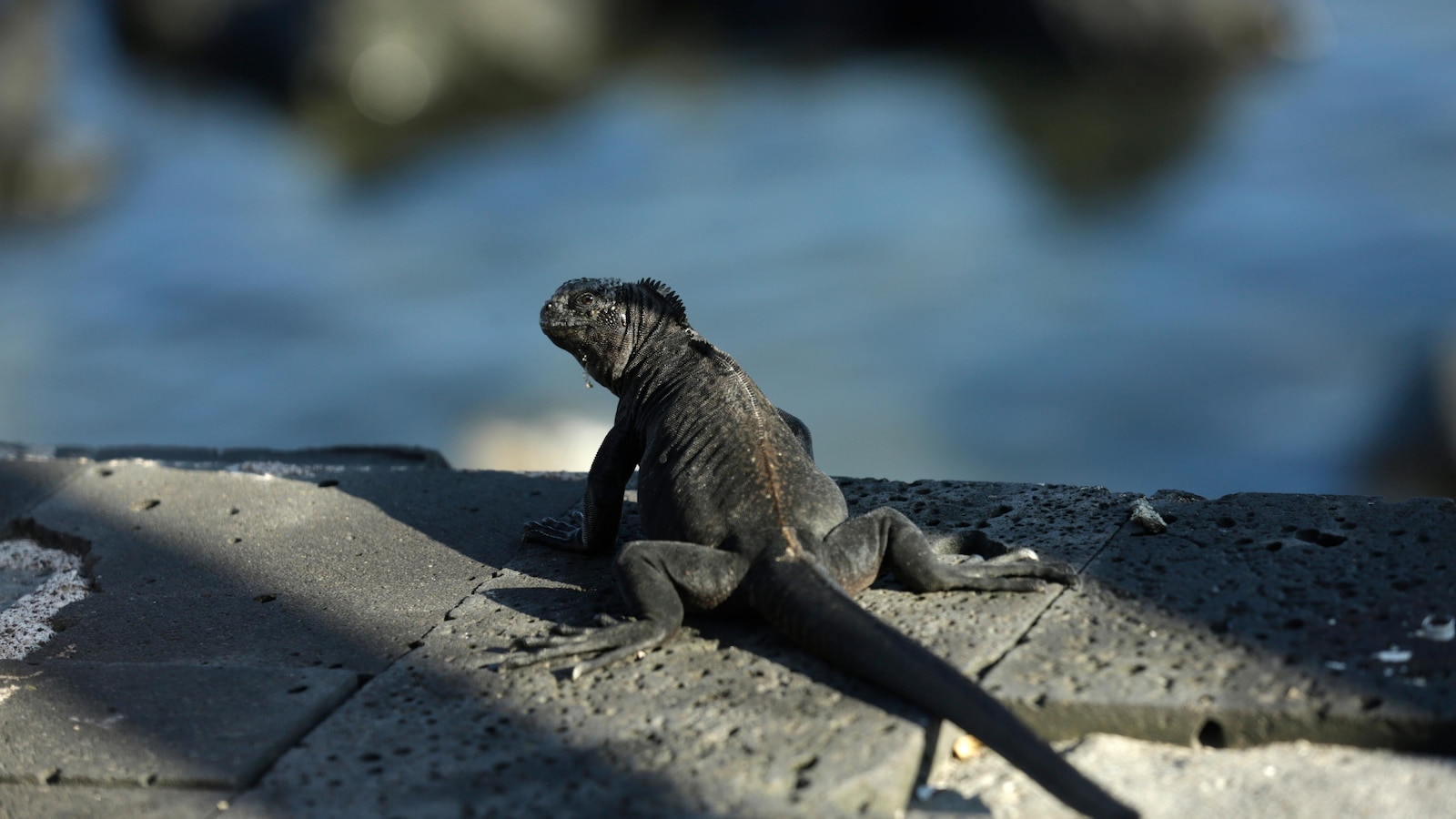Tiny Forests With Big Benefits
Old industrial sites, parking lots, and junkyards worldwide are being transformed into tiny forests that deliver drastic environmental benefits worldwide and contribute to increased biodiversity and ecosystem health. Usually not bigger than a tennis court, these forests are packed with native plants, and can grow much faster than normally expected, helping slow and filter stormwater runoff, sequester carbon, provide valuable habitat for native plants and animals, and offset deforestation along the way.

Native plants crowded onto postage-stamp-size plots have been delivering environmental benefits around the world — and, increasingly, in the U.S.
The tiny forest lives atop an old landfill in the city of Cambridge, Mass. Though it is still a baby, it’s already acting quite a bit older than its actual age, which is just shy of 2.
Its aspens are growing at twice the speed normally expected, with fragrant sumac and tulip trees racing to catch up. It has absorbed storm water without washing out, suppressed many weeds and stayed lush throughout last year’s drought. The little forest managed all this because of its enriched soil and density, and despite its diminutive size: 1,400 native shrubs and saplings, thriving in an area roughly the size of a basketball court.
It is part of a sweeping movement that is transforming dusty highway shoulders, parking lots, schoolyards and junkyards worldwide. Tiny forests have been planted across Europe, in Africa, throughout Asia and in South America, Russia and the Middle East. India has hundreds, and Japan, where it all began, has thousands.
Now tiny forests are slowly but steadily appearing in the United States. In recent years, they’ve been planted alongside a corrections facility on the Yakama reservation in Washington, in Los Angeles’s Griffith Park and in Cambridge, where the forest is one of the first of its kind in the Northeast.
“It’s just phenomenal,” said Andrew Putnam, superintendent of urban forestry and landscapes for the city of Cambridge, on a recent visit to the forest, which was planted in the fall of 2021 in Danehy Park, a green space built atop the former city landfill. As dragonflies and white butterflies floated about, Mr. Putnam noted that within a few years, many of the now 14-foot saplings would be as tall as telephone poles and the forest would be self-sufficient.
Healthy woodlands absorb carbon dioxide, clean the air and provide for wildlife. But these tiny forests promise even more.
They can grow as quickly as ten times the speed of conventional tree plantations, enabling them to support more birds, animals and insects, and to sequester more carbon, while requiring no weeding or watering after the first three years, their creators said.


Perhaps more important for urban areas, tiny forests can help lower temperatures in places where pavement, buildings and concrete surfaces absorb and retain heat from the sun.
The Griffith Park forest occupies 1,000 square feet, and has drawn all manner of insects, lizards, birds and ground squirrels, along with western toads that journeyed from the Los Angeles River, Ms. Pakradouni said. To get to the forest, the toads had to clamber up a concrete embankment, traverse a bike trail, venture down another dirt embankment and cross a horse trail.
“It has all the food they need to survive and reproduce, and the shelter they need as a refuge,” Ms. Pakradouni said. “We need habitat refuges, and even a tiny one can, in a year, be life or death for an entire species.”
Dr. Miyawaki, who died in 2021 at the age of 93, developed his technique in the 1970s, after observing that thickets of indigenous trees around Japan’s temples and shrines were healthier and more resilient than those in single-crop plantations or forests grown in the aftermath of logging. He wanted to protect old-growth forests and encourage the planting of native species, arguing that they provided vital resilience amid climate change, while also reconnecting people with nature.
“The forest is the root of all life; it is the womb that revives our biological instincts, that deepens our intelligence and increases our sensitivity as human beings,” he wrote.
Dr. Miyawaki’s prescription involves intense soil restoration and planting many native flora close together. Multiple layers are sown — from shrub to canopy — in a dense arrangement of about three to five plantings per square meter. The plants compete for resources as they race toward the sun, while underground bacteria and fungal communities thrive. Where a natural forest could take at least a century to mature, Miyawaki forests take just a few decades, proponents say.


Crucially, the method requires that local residents do the planting, in order to forge connections with young woodlands. In Cambridge, where a second tiny forest, less than half the size of the first one, was planted in late 2022, Mr. Putnam said residents had embraced the small forest with fervor. A third forest is in the works, he said, and all three were planned and organized in conjunction with the non-profit Biodiversity for a Livable Climate.
“This has by far and away gotten the most positive feedback from the public and residents than we’ve had for any project, and we do a lot,” Mr. Putnam said.
Still, there are skeptics. Because a Miyawaki forest requires intense site and soil preparation, and exact sourcing of many native plants, it can be expensive. The Danehy Park forest cost $18,000 for the plants and soil amendments, Mr. Putnam said, while the pocket forest company, SUGi, covered the forest creators’ consulting fees of roughly $9,500. By way of comparison, a Cambridge street tree costs $1,800.
“A massive impact for a pretty small dollar amount in the grand scheme of the urban forestry program,” Mr. Putnam said.
Doug Tallamy, an American entomologist and author of “Nature’s Best Hope,” said that while he applauded efforts to restore degraded habitat, particularly in urban areas, many of the plants would eventually get crowded out and die. Better to plant fewer and save more, he said.
“I don’t want to throw a wet blanket on it, the concept is great, and we have to put the plants back in the ground,” Dr. Tallamy said. “But the ecological concept of a tiny forest packed with dozens of species doesn’t make any sense.”
Kazue Fujiwara, a longtime Miyawaki collaborator at Yokohama National University, said survival rates are between 85 and 90 percent in the first three years, and then, as the canopy grows, drop to 45 percent after 20 years, with dead trees falling and feeding the soil. The initial density is crucial to stimulating rapid growth, said Hannah Lewis, the author of “Mini-Forest Revolution.” It quickly creates a canopy that shades out weeds, and shelters the microclimate underneath from wind and direct sun, she said.
Throughout his life, Dr. Miyawaki planted forests at industrial sites globally, including at an automotive parts plant in southern Indiana. A turning point came when an engineer named Shubhendu Sharma took part in a Miyawaki planting in India. Enthralled, Mr. Sharma turned his own backyard into a mini-forest, started a planting company called Afforestt, and, in 2014, delivered a TED Talk that, along with a 2016 follow up, ended up drawing millions of views.

In the Netherlands, Daan Bleichrodt, an environmental educator, plants tiny forests to bring nature closer to urban dwellers, especially city children. In 2015, he spearheaded the country’s first Miyawaki forest, in a community north of Amsterdam, and has overseen the planting of nearly 200 forests since.
Four years later, Elise van Middelem started SUGi, which has planted more than 160 pocket forests worldwide. The company’s first forest was planted on a dumping ground alongside the Beirut River in Lebanon; others were sown later near a power plant in the country’s most polluted city, and in several playgrounds badly damaged by the 2020 blast at Beirut’s port.
And Earthwatch Europe, an environmental nonprofit, has planted more than 200 forests, most of them the size of a tennis court, throughout the United Kingdom and mainland Europe in the last three years.
Though many of the forests are still very young, their creators say there have already been outsize benefits.
The woodlands in Lebanon have drawn lizards, geckos, birds and tons of insects and fungi, according to Adib Dada, an architect and environmentalist and the main forest creator there. In the West African country of Cameroon, where eight Miyawaki forests have been planted since 2019, there are improved groundwater conditions and higher water tables around the forest sites, according to Limbi Blessing Tata, who has led the reforestation there. Crabs and frogs have also returned, she said, along with birds that were thought to be extinct.
According to Mr. Bleichrodt, a 2021 university study of 11 Dutch mini-forests found over 1,100 types of plants and animals at the sites — kingfishers, foxes, hedgehogs, spider beetles, ants, earthworms and wood lice.
“A Miyawaki forest may be like a drop of rain falling into the ocean,” Dr. Fujiwara wrote in an email, “but if Miyawaki forests regenerated urban deserts and degraded areas around the world it will create a river.”
“Doing nothing,” she added, “is the most pointless thing.”
Cara Buckley is a climate reporter who focuses on people working toward solutions and off-the-beaten-path tales about responses to the crisis. She joined The Times in 2006 and was part of a team that won a Pulitzer Prize in 2018 for reporting on workplace sexual harassment.More about Cara Buckley
What is Your Reaction?
 Like
2
Like
2
 Dislike
0
Dislike
0
 Love
0
Love
0
 Funny
0
Funny
0
 Angry
0
Angry
0
 Sad
0
Sad
0
 Wow
0
Wow
0
